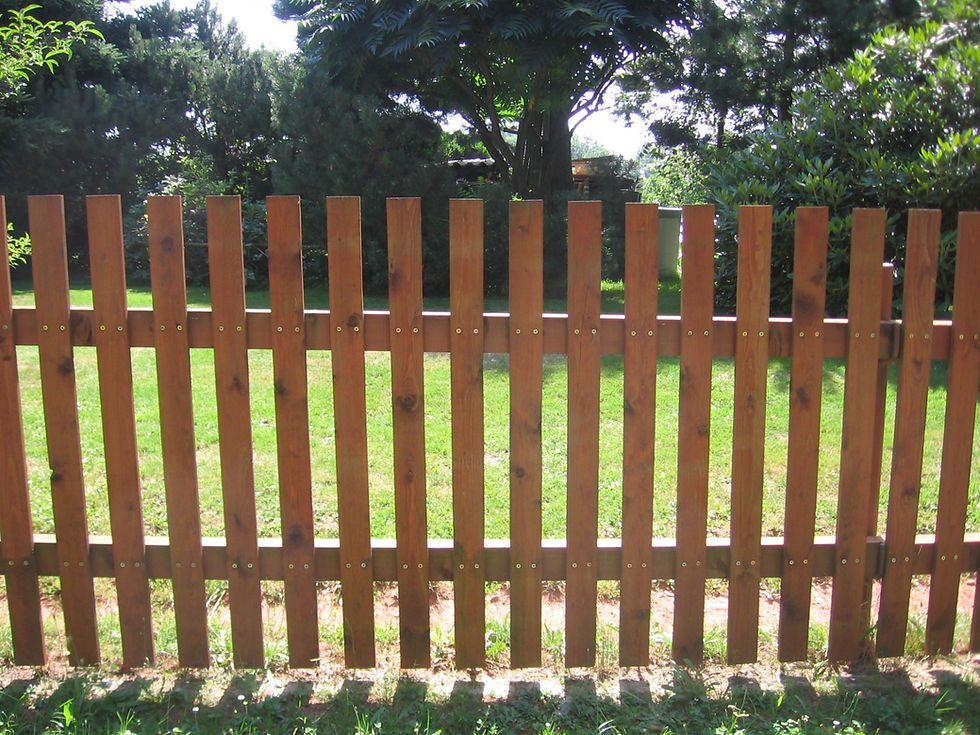I have explained below how to confirm which boundaries are yours. You need to consider plans within your title deeds as well as physical boundaries on the ground. Following on from that if you have concerns over who owns which boundary I have set out below my top tips for dealing with this.
Cases of boundary dispute and trespass can be very complicated. Here are my tips as a property solicitor of over 23 years:
INVESTIGATE
Property deeds are available online and are a matter of public record. Copies can be obtained via Gov.uk. There is a minimal fee payable (a few pounds). Order the deeds for your address and your Neighbour's address. Obtain a copy of the register and filed plan for both. Conveyancers will call the registered title the office copies. Your office copies are your deeds. They outline the contents of the historic deeds.
If any historic Conveyance, Abstract, Lease or Transfer Deed are mentioned in the office copies, but are not set out and are referred to as “filed” copies, then you should obtain these as well. These documents will often contain boundary rights plus covenants or conditions relevant to the property. A Conveyancer can explain these to you. The phrasing can be complex but Conveyancers are highly trained and can translate these.
Check that your neighbour is on his land and that you are on yours. Red edging on the filed plans will show the boundary lines.
DEEDS
Property Deeds are now commonly referred to as office copies of registered title. They are an electronic précis of the historic bundle of paper Deeds. HM Land Registry (a Government body) maintains these records and each property has a unique title number.
When you buy a property, your Conveyancer must update HM Land Registry records (office copies). Although this can take some time as Land Registry are slow. Some registrations have taken over 2 years.
You will need office copies of the register of title and a filed plan. Red edging should show your boundary lines. You would hope the physical boundaries match.
COMMUNICATE
Speak to your neighbour. It is often better to discuss things first. Once it becomes adversarial it can be hard to de-escalate things.
ACTION
If this does not work, you can provide your neighbour with a copy of the office copies and filed plan so that he can see he is trespassing on your land (where applicable).
In the case of fencing repairs the office copies should indicate who owns, and should repair, which boundaries. If the office copies do not indicate this, and no “T” marks are shown on plans, then the boundaries tend to be party walls. In other words you should jointly maintain and repair.
Often people genuinely believe they are entitled to, or responsible for, a particular boundary. They may need to see the evidence for themselves via the office copies.
Give as much detail as possible, and calmly ask for this to be rectified. Make and keep a written record of these discussions. It is also advisable to keep any before and after photographs if possible. These may be needed later.
EXPERTS
Consider instructing a Chartered Surveyor to check the boundary lines and measure these to scale and compare to the deed plans.
A Chartered Surveyor is an expert who can attend at the property to review the boundaries, check measurements and give you feedback. They can be found via an online search.
The Surveyor’s findings are evidence you can rely on going forward. They may also save you from wasting time pursuing an unsuccessful action.
FINALLY
Instruct a litigation solicitor who can assist you in corresponding with your neighbour. A solicitor’s letter will frequently resolve matters. Otherwise, you are looking at taking a Civil Claim in the County Courts. That is not cheap, it takes time and there is no guarantee of success.
[NB: These are very general tips and suggestions and cannot be relied upon since I have NOT been to your property or seen your deeds or office copies. Accordingly, no guarantee as to success can be given and i recommend you take specific legal advice.]

Comments